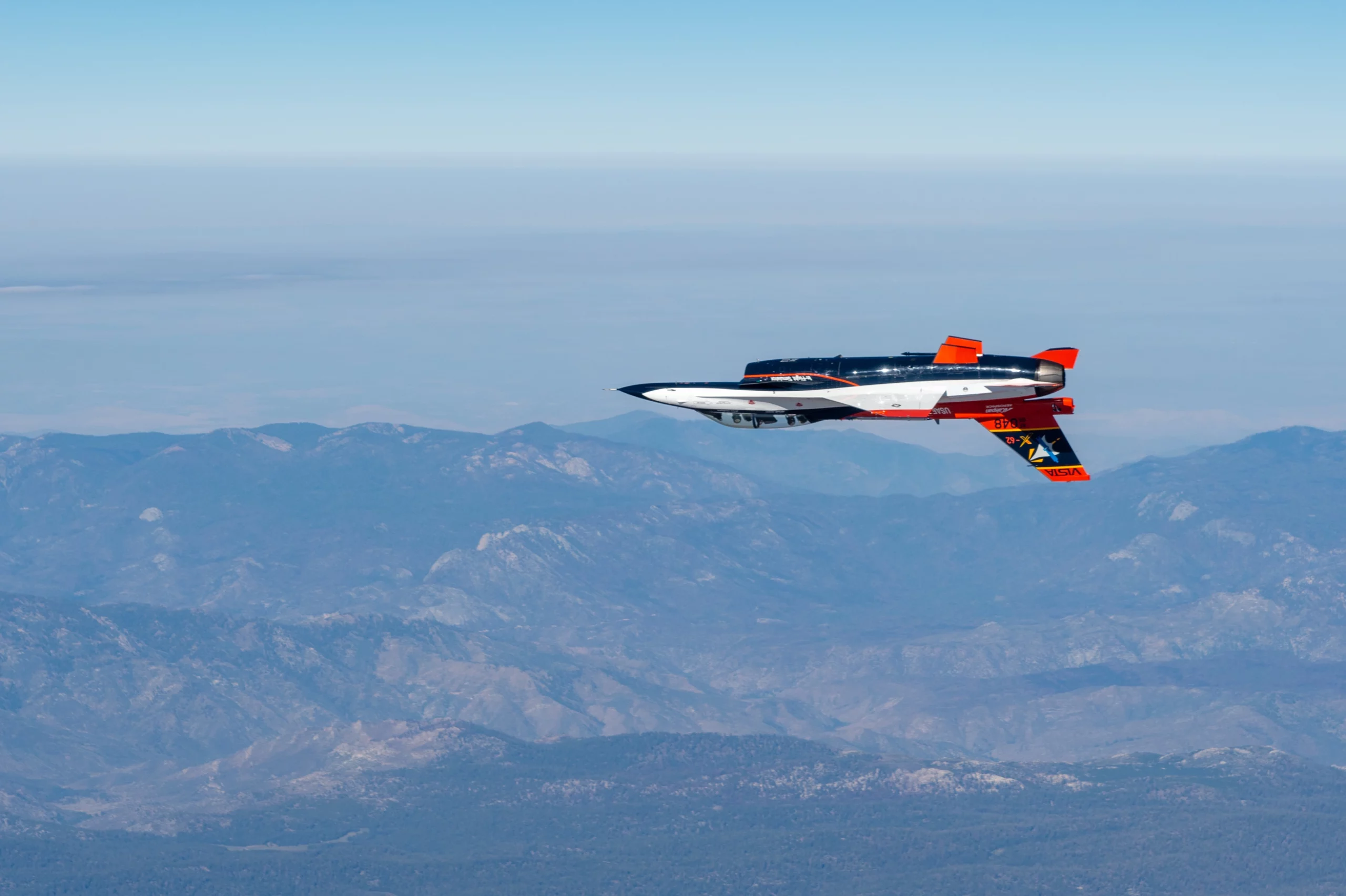In an unprecedented leap in military aviation technology, the US Air Force recently announced a historic milestone: the first successful dogfight involving an artificial intelligence (AI) pilot. This groundbreaking event not only showcases the advancements in autonomous flight capabilities but also sets a new standard for future aerial combat.
The AlphaDogfight Trials
The centerpiece of this achievement was the AlphaDogfight Trials, a series of events that culminated in an AI system, developed by Heron Systems, defeating a seasoned F-16 fighter pilot in simulated combat scenarios. Conducted by the Defense Advanced Research Projects Agency (DARPA), these trials aimed to demonstrate the potential of AI in executing complex, high-speed decisions in air-to-air combat.
AI’s Superior Performance
Throughout the trials, the AI demonstrated remarkable skills, outmaneuvering the human pilot in five consecutive engagements without sustaining any hits. This was not just a display of raw computational power but a strategic demonstration of AI’s ability to anticipate and react to human maneuvers with superhuman precision and speed.
Implications for Future Combat
The success of the AI pilot in the AlphaDogfight Trials has significant implications for the future of aerial warfare. DARPA and the US Air Force are exploring how AI can enhance the capabilities of human pilots, rather than replace them. This human-machine teaming concept aims to combine human judgment with AI’s efficiency, potentially revolutionizing combat strategies and improving operational safety.
Ethical and Strategic Considerations
The integration of AI into military operations also brings forward new ethical and strategic considerations. The US Department of Defense emphasizes that AI’s role in combat scenarios will support, not supersede, human decision-makers. This approach contrasts with developments in other countries where there is a push for fully autonomous systems, raising concerns about the future of warfare ethics and the role of human oversight.
Looking Ahead: Human-Machine Teaming
As the technology progresses, the focus is shifting towards more complex trials involving both manned and unmanned aircraft under AI control. These future trials, as part of DARPA’s Air Combat Evolution (ACE) program, will test AI’s effectiveness in more dynamic, multi-aircraft combat scenarios, aiming to build trust and reliability in AI-assisted operations.
The successful integration of AI in dogfight scenarios marks a pivotal moment in military aviation. As AI continues to evolve, its role in augmenting the capabilities of human pilots becomes increasingly significant, heralding a new era in both technology and tactical air combat.
By embracing AI, the Air Force is not only enhancing its operational capabilities but is also paving the way for advancements that could redefine the principles of engagement in aerial warfare.
This first successful AI dogfight by the US Air Force represents a critical step forward in the adoption of artificial intelligence in military operations, blending tradition with technological innovation to create a new frontier in aerial combat. This event highlights both the potential and the challenges of AI in combat, setting the stage for further development and integration of AI technologies in military strategy.







